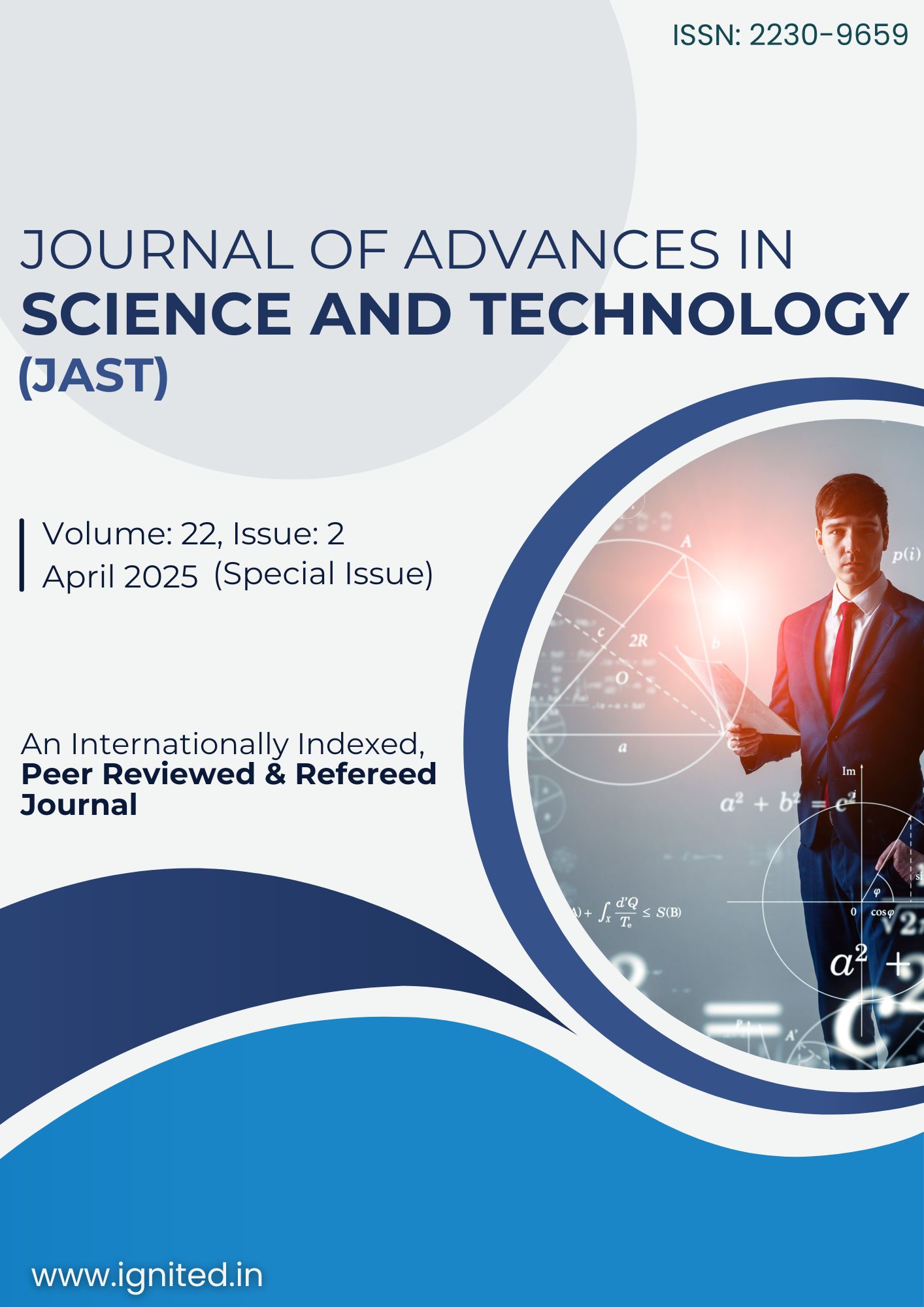Integrating Fire Safety Technologies for Urban Resilience: A Mixed-Methods Study of Emergency Planning.
Main Article Content
Authors
Abstract
Dense infrastructure, a lack of emergency services, and antiquated safety measures make cities more susceptible to fire threats as their populations continue to rise. The integration of contemporary fire technologies, including automated suppression systems, smart detection systems, and integrated communication networks, into urban emergency planning frameworks is examined in this research. The research uses a mixed-methods approach, integrating qualitative information from stakeholders, such as legislators, urban designers, and fire service employees, with quantitative analysis of fire occurrences and response times. According to research, high-tech metropolitan regions with cutting-edge fire safety equipment have far quicker emergency response times, more public awareness, and increased confidence in fire safety measures. Even with the obvious benefits, problems like high implementation costs, incompatibilities with infrastructure, and change aversion still exist. In order to improve urban resilience and disaster preparation, this study highlights the need of a comprehensive, technology-driven approach to fire safety and promotes wider stakeholder participation and strategic planning.
Downloads
Article Details
Section
References
- Chen, L., Kumar, V., & Wang, J. (2023). Smart technologies for fire detection and emergency response in urban areas. Journal of Urban Safety and Technology, 15(3), 112–129.
- Lee, T., & Hassan, R. (2022). Evaluating smart fire response systems in high-density cities: Challenges and innovations. International Journal of Disaster Risk Reduction, 66, 102622.
- Rodriguez, A., & Malik, S. (2021). Urban resilience and the integration of fire protection systems in megacities. Cities, 118, 103385. https://doi.org/10.1016/j.cities.2021.103385
- Martins, O. (2025). Exploring deep learning for fire detection and localization: A vision-based survey.
- Harakan, A., Hilman, Y. A., Karso, A. J., Awaluddin, A., Nurhalijah, N., Muin, I. S., B, A. N., Fadillah, A., & Hardi, R. (2025). Inter-agency collaboration in building urban fire resilience in Indonesia: How do metropolitan cities address it? Frontiers in Sustainable Cities, 7(February), 1–11. https://doi.org/10.3389/frsc.2025.1492869
- Park, H. S., Kwon, S. A., & Azam, M. (2024). A study on GIS-based spatial analysis of emergency response for disaster management: Focusing on Seoul. Heliyon, 10(7), e28669. https://doi.org/10.1016/j.heliyon.2024.e28669
- Li, Y., Zhang, T., Ding, Y., Wadhwani, R., & Huang, X. (2025). Review and perspectives of digital twin systems for wildland fire management. Journal of Forestry Research, 36(1). https://doi.org/10.1007/s11676-024-01810-x
- Rahimi, F., Sadeghi-Niaraki, A., Ghodousi, M., & Choi, S. M. (2025). Spatial-temporal modeling of urban resilience and risk to earthquakes. Scientific Reports, 15(1), 1–22. https://doi.org/10.1038/s41598-025-92365-2
- Dixit, A., Singh, A., Pandey, A., Tyagi, A., Sharma, L., Deshmukh, S., & Gupta, P. (2024). Involvement of drone technology and fire extinguishing balls in firefighting. Educational Administration Theory and Practices, 30(5). https://doi.org/10.53555/kuey.v30i5.3282
- Rezvani, S. M. H. S., Falcão Silva, M. J., & de Almeida, N. M. (2024). The Risk-Informed Asset-Centric (RIACT) urban resilience enhancement process: An outline and pilot-case demonstrator for earthquake risk mitigation in Portuguese municipalities. Applied Sciences, 14(2), 1–34. https://doi.org/10.3390/app14020634
- Singh, H., & Srivastava, S. K. (2024). From firestick to satellites: Technological advancement and Indigenous cultural practice in managing forest fires in Australia. Historic Environment: Policy and Practice, 00(00), 1–24. https://doi.org/10.1080/17567505.2024.2425246

